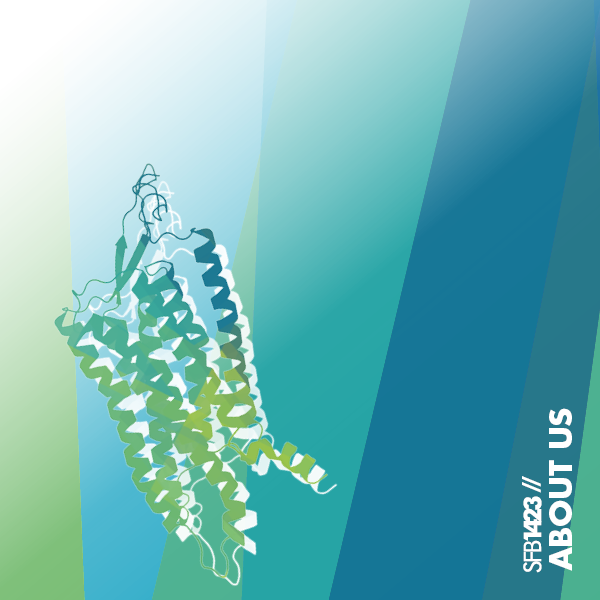

Task Forces of the SFB1423
Within the SFB1423 five task forces has been installed. These teams meets at least once a quarter to discuss current research results, new methods and possible adaptations for the projects. The aim is to generate a certain knowledge advantage in order to promote scientific transfer and to react as early as possible to serious changes and events. The task forces are chaired by one or two project leaders. These task forces are open to all members of the SFB1423. If you would like to join, please send an Email to .
Task Forces
Artificial Intelligence will revolutionize research within SFB1423 in the next few years in ways many members might not recognize yet. In many projects for the CRC an “in-silico first” approach is to be taken. In addition, more mundane but equally important tasks such as mastering existing computational technologies and electronic laboratory notebooks will be mandated by the DFG.
This task force will take a “hands-on” approach in educating students and postdoctoral fellows directly on their projects to tackle these challenges. In addition, we will tabulate and develop a list of fundamental protocols inherent to the CRC to prepare a customized knowledge graph as proposed in Z04.
The task force Protein Production (for experimental biophysical and structural biology applications) focusses on the discussion of realization of individual projects that aim to work with purified protein in different environments.
In particular, innovative project approaches are discussed with interested members of the CRC and support is offered by various working groups to ensure sufficient, pure and well-thought-out production of protein constructs, protein expression and purification as well as sample preparation for the biophysical and structural biology downstream methods in the individual projects.
The task force adhesion GPCRs focusses on reviewing and discussing new findings related to this special GPCR class. Specifically, new functional and structural data of aGPCRs are evaluated in the context of understanding the activation mechanisms, signaling specificity and conformational stages. Moreover, the task force aims at the exchange of tools, constructs and methodology to investigate structure-function relationships of aGPCRs.
This Task Force provides a forum for CRC members to share their data and most exciting hypotheses as a starting point for devising experimental strategies to test these hypotheses under native or near-physiological conditions. To this end, this Task Force aims to provide information on the technological and scientific opportunities offered by different model organisms/model systems, to promote new collaborations, and to challenge an innovative spirit paving the way for GPCR advance.
Additionally, we aim to transfer the knowledge generated into a clinically relevant setting. This will promote the elucidation of the molecular mechanisms underlying disease and may afford new options for pharmacological treatment strategies. These efforts will facilitate the exchange between basic scientists and clinical researchers to address pressing questions and ultimately to alleviate ailments of patients suffering from GPCR-related diseases.
Comprehending the signaling mechanism of G protein-coupled receptors is essential for understanding their function. Structural insights, potential new ligands, and predicted interactions with proteins need to be verified on a functional level.
Reliable cell-based functional assays are relevant for many projects within the SFB1423. This task force will discuss which assays may be used to answer what kind of scientific question. The repertoire of the SFB1423 consists of several second messenger readouts, including cAMP for Gi- and Gs-coupled receptors and IP1 and calcium flux for Gq-coupled receptors. In addition, BRET- and FRET-based sensor systems for miniG protein recruitment, Gα/βγ dissociation, active G proteins, and free Gβγ subunits. Moreover, label-free methods are available or may be established.
This task force will allow constructive discussions and troubleshooting to overcome challenges in assay setup. Validated protocols will be exchanged to reduce the time needed for assay development.






